
|
||
|
Portland art blog + news + exhibition reviews + galleries + contemporary northwest art
|
||
Art and Architecture: An Interview with Brad Cloepfil Part I
When I was younger, I tended to be influenced by the raw experience of the work itself. At first, I wasn't even aware of who created a work, whether it was Richard Serra or Robert Irwin, it was the experience of the work itself that was important. The experience makes you ask yourself about the spatial quality of that type of work and about the ideas that those artists are exploring. It just resonates with you. I wasn't seeing anything comparable in buildings. It just seems like those guys understood more about the intentions of the 19th and 20th century architecture than the architects did. They had clarity of thought and a practice that was built on the exploration of material that became very important to me. The singular act of focus to create a work of art was really impressive. I saw Richard Serra's Circuit at MoMA and it is just four pieces of steel propped up in the corners of the room. The physical presence and the mass of the steel and its ability to radiate space into the small gallery was for me a very architectural experience that I could relate to much easier than the so-called "architecture" that was being produced at that time. The experience is about the material and the way that the material is made. It was also easier to learn from the artists because their work is so pure. By that I mean, the work that I was interested in was focused on the exploration of only one or two ideas.
Yes, there were some Sol Lewitt pieces that I saw in 1978.
Yes, they were the cubes and some of the related work. It was also the first time that I heard Steve Reich in 1978 when I was in New York. Minimalism made a big impact on me at the time. In the late 70s, I was studying at Pratt. I was searching for an understanding of art movements and trying to find out why some of these things had an effect on me, I bought an Ad Reinhardt book on his Black Paintings. I still have that book, it is right there on the bookshelf.
I am drawn to the discipline that was required to make those paintings. I am working on a project now that is a series of conversations with a wide variety of people including a few artists and even a theologian. A recurring idea in this project is this emphasis on ritual and service. It is the repetitive exploration of the singular idea. I mean, what does a farmer do? Every year he reworks the land and makes subtle tweaks and variations but it is always working with the same plot of land. Even over 50 years, he is still working the same plot of land.
...And even Reinhardt's painting process of adding a miniscule amount of pigment to create the subtle color variation that he was looking for - it's the idea that you can change something so subtly and that it has such a profound impact on the experience. I know that I keep coming back to this, but it is the discipline that is interesting to me. I don't want to get lumped into some reworking of minimalism because, for me, it is not about the language or reduction, if anything it is about the amplification of experience. It is about getting as much experience as one can, but without realizing it. If architecture does too much it becomes the subject, rather than the space and the experience. I think that is what we have seen lately, you see a lot of buildings that are very beautiful objects and then you walk inside and you are left with...nothing or at least confusion and chaos. Or it could be that you are left with a fancy gallery or an utterly banal gallery or row of boxes. The idea is that the architecture needs to be in the service of something, whether it is a profound insight or even just the experience of existing in a building. Some of the legacy of that work is following a simple idea with discipline. When I did the Maryhill Overlook, at the beginning of the process I went in the completely opposite direction - you should see how many over-designed things I did. Later in the project, when we were concerned about the budget - since the only the person that we could bid the job was a highway contractor, we decided to pursue a very clear idea. The surprising thing was that the one clear idea became very complex as it started to interact with the light - the weather and your physical location relative to the piece all became very important. The act of architecture itself did not have to do a lot to have such profound diversity of experience. Part of that was based on my encounters with the works of artists that I admired in the late seventies and part of it understanding what I could do. As a younger architect in Oregon, you did not have any budget. You were practically making up your own projects. In every project, we tried really hard to figure out if there was one clear idea that we would be able to express. We were trying to find an idea that we would be able to explore in the context of a project.
If you look at the work that Irwin was doing in the 70s and then you look at some of the architecture was being made in a slightly earlier time, say the 50s and 60s - in both cases there is a very interesting crossover. Irwin was able to take some of the modernist ideas about space and move them forward within his own language as well as being able to make the primary experience of the art to be your perceptual understanding of a space. If you were to contrast the very interesting work of Irwin with some of the not very interesting architecture that was also being made in the late seventies, it's obvious that Irwin was the much more interesting model to learn from. I was drawn to it because it was more about the ideas of architecture than what the architects were doing. There was simply more to learn. If you were to walk in to Irwin's Homage to the Square that was at the old Dia, the experience is both simpler and more complex than most architecture that we see.
I remember seeing one of Irwin's discs at Berkeley a few years ago. An interesting thing about the discs is that you really see how Anish Kapoor has taken Irwin's language and ran with it. Kapoor's introduction of color changes your perception of the space in his sculpture. It is an extension of the more ephemeral and translucent experience that Irwin was working with. It is a very deep dialogue.
Yes, but it is an object that loses its own sense of boundary. At the same time, it is an object that is aware of its own limits. The cobalt dishes have their limit but they are also infinitely deep. When you seen one of them, you feel like you could put your hand clear through it. It is the same dialog but it has evolved.
I went for the first time three years ago. It was amazing and the field in front of the Artillery Sheds at Chinati, which had these large concrete sculptures, was incredible. In the concrete sculptures as well as some of the other works that we have discussed, it is the iterative exploration of the singular idea that made the biggest impact on me. I hate this analogy, but it is a little akin to music where a musician is revisiting the same composition over and over again. The serial nature of the arrangement of the sculpture as well as the way that the openings change from one sculpture to the next is the basis of an art experience that was very interesting. Those lessons are completely primary. You see it over and over again in contemporary art, at the least the contemporary art that is non-narrative.
I think that there was a level of humility in that act. (...laughs) On the one hand if a guy takes over a field with concrete boxes he had a very heroic spirit but on the other hand there was a very consistent rigor of thought. It was almost like he said to himself: "I am going to stay in this domain and see what I can learn." You see a very similar rigorous thinking in Dan Flavin's work. Everyone thought they understood what Flavin's work was about before the installation at Chinati, but after you walk into the rooms you realize that he had found something completely new. It is absolutely beautiful. The entire experience is reinforced by travelling from building to building so you are able to see how his language of color, light and shape evolves. It was amazing for me because each building is the same but the space created by the work is very different. I was amazed at what he had accomplished.
That was interesting for me as well, especially in how it relates back to my own work. It is not reductive but it is a controlled language with a completely rich and varied interpretation of experience. The variety of experience alludes to an infinite possibility in some way.
I knew Judd's work before I went out there and I was familiar with Michael Heizer's work which was a big influence on me. It was during the period when I was trying to find my own voice and not looking at architects. It might seem like a rejection of architecture, except at the time, the only way that you could find architecture was looking at the artists. I believe that it was not the first time that architects were influenced by artists. If you look at the 20th Century Avant-Garde architects, it is clear that they found their language for architecture by looking at paintings.
Right. Certain disciplines keep the dialog alive, while other disciplines fade away. Eventually, those disciplines come back and the whole cycle starts over but in a different direction. Rather than everybody trying to be everything, it is nice is when you just add your voice to the continuum of ideas.
I had actually never seen those before I went to Marfa. The composite and cumulative effect of all those sculptures in such a tight space is really beautiful. The light on the sculptures makes the boundaries of the form completely ambiguous. I was recently at an opening of one of Ann Hamilton's new works, which is a tower that functions like a vocal chord. The first time I saw Hamilton's piece I thought that she hadn't created a building but an instrument that would allow Meredith Monk to create a voice piece. I was impressed with her quest for a spiritual resonance between the form and experience of her work. Anne's work was a large vessel but it also had associations of ruins and astronomical references. The work is about our existence in the cosmos with all of these astrological and cosmological signs that made for a very sublime experience. On the other hand, you have an artist like Meredith Monk that synthesizes all of these chants from Tibetan monks and Gregorian chants which transformed Hamilton's sculpture into a kind of church.
I remember that I took an Episcopalian priest through Wieden + Kennedy when it first opened and he told me it was the most spiritual space that he had ever been in. Ann Hamilton is close to my age and Meredith Monk is a little older, we were the post-Vietnam generation and we had a complete lack of faith in a form of authority. Your heroes are all murdered, you are twelve years old and everybody gets shot and every night on the news you are watching guys with the machine guns just shooting into the jungle. That is what I grew up with. I wonder if there isn't something in this generation that is on a quest for meaning. It is almost like we need to affirm some connection that it all means something. There are certain ways of dealing with chaos. Either you look at the chaos of the world around us and you produce something that is equally chaotic, perhaps a caricature of that chaos, or you respond by producing something very still. I definitely see myself as trying to create a counterforce to that chaos. Part II a conversation about use and space with Brad Cloepfil Posted by Arcy Douglass on August 11, 2008 at 20:09 | Comments (1) Comments What a fantastic read. It exposes the ongoing process of an artist at work. Congrats for a uniquely instructive and inspiring interview. Posted by: kmazz Post a comment Thanks for signing in, . Now you can comment. (sign out)
(If you haven't left a comment here before, you may need to be approved by
the site owner before your comment will appear. Until then, it won't appear
on the entry. Thanks for waiting.)
|
| s p o n s o r s |
 |
 |
 |
 |
 |
 |
 |
 |
 |
 |
 |
 |
 |
 |
 |
 |

|
Site Design: Jennifer Armbrust | • | Site Development: Philippe Blanc & Katherine Bovee | |


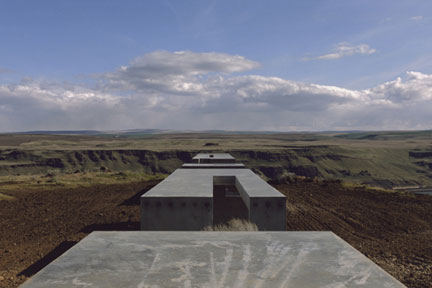

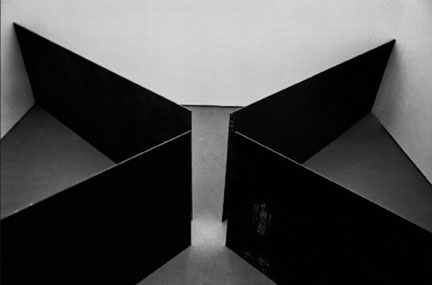
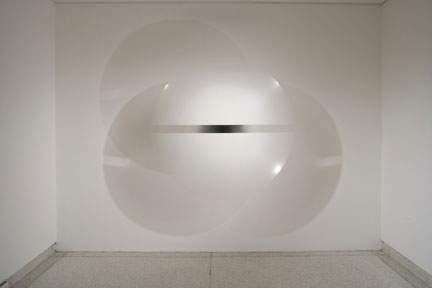
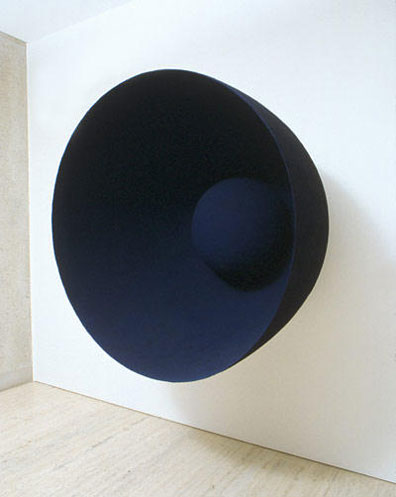
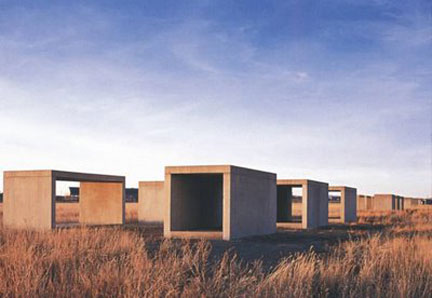
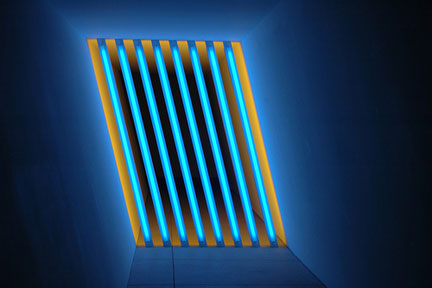
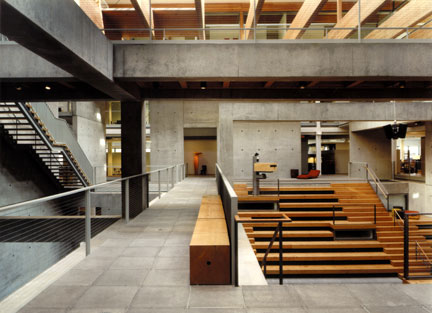
![[TypeKey Profile Page]](http://www.portlandart.net/nav-commenters.gif)